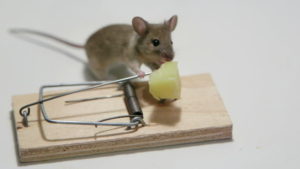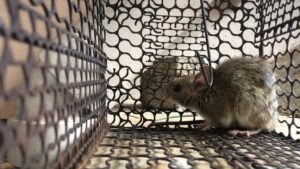Rats and mice are basically social animals they live in groups in nests made of any soft material available e.g. paper, fabrics, insulation and share your food and lodgings. hygiene is very important in helping to control these pests and disease transmission to humans is of profound importance. The rodents that are of great concern, not just in Australia but many other countries as well.

The Norway Rat (ratus norvegicus)
A Norway rat can gnaw through a lead pipe, have 6-12 young per litter and average 4-7 litters per year and nests in burrows near water in well protected vegetation. Roof rat (rattus rattus) extra pads and longer digits on their paws enable them to be excellent climbers. they have 6-8 young per litter and average 4-6 litters per year.
House Mouse
The smallest and most successful commensal rodent in Australia. A family of 6 mice in a cluttered garage can grow to 50-60 mice in only 90 days. Number of young per litter 5-6, number of litters per year 8. Tell tale signs that you have rodents are droppings, nests, gnaw marks and rub marks along walls. What do rodents need? food (water) warmth, shelter. Some interesting facts about rodents.

Rodents are the second most successful mammals on earth.
No.1: Homo Sapiens
No.2: House Mouse
No.3: Norway Rat
Rats can fall 5 stories without harming themselves, are very good swimmers and can climb in small spaces between two surfaces very easily. Standing till they can jump almost half a metre vertically and when running can jump on an average one metre horizontally. Cheese is not a favourite food of mice. ideal peanut butter, chocolate and meat, especially bacon is their preference. Rats do not travel in packs although they live in social groups.

In closing the old saying “me cassa you cassa” could very well apply to our little freeloaders, the rodents.


